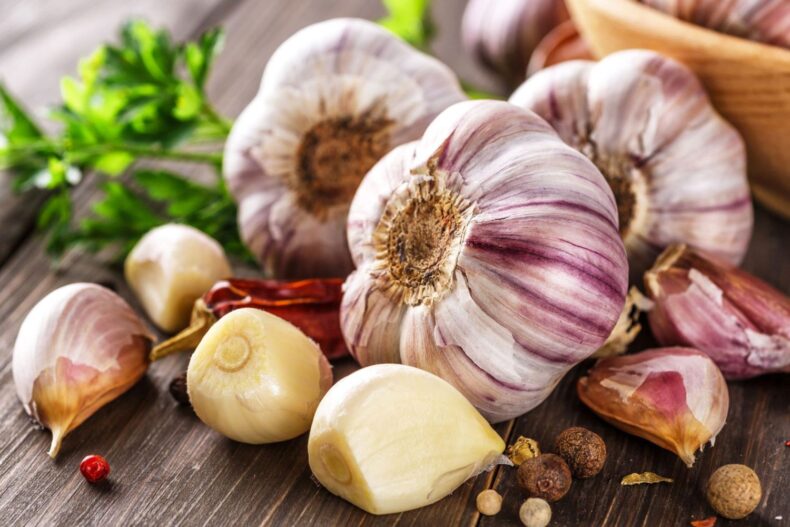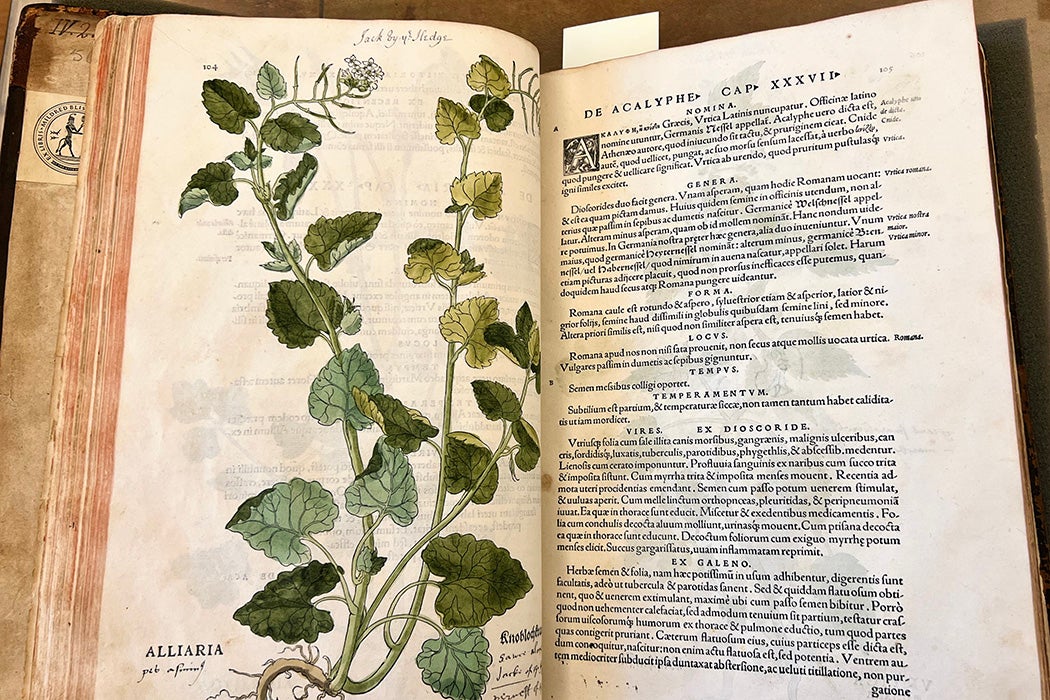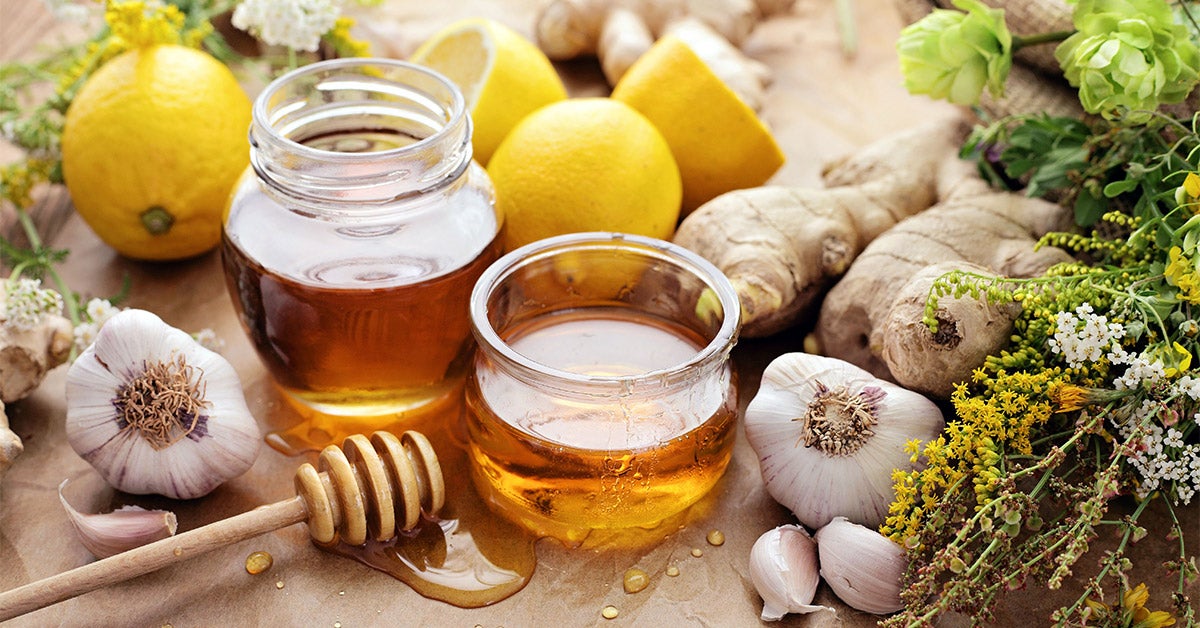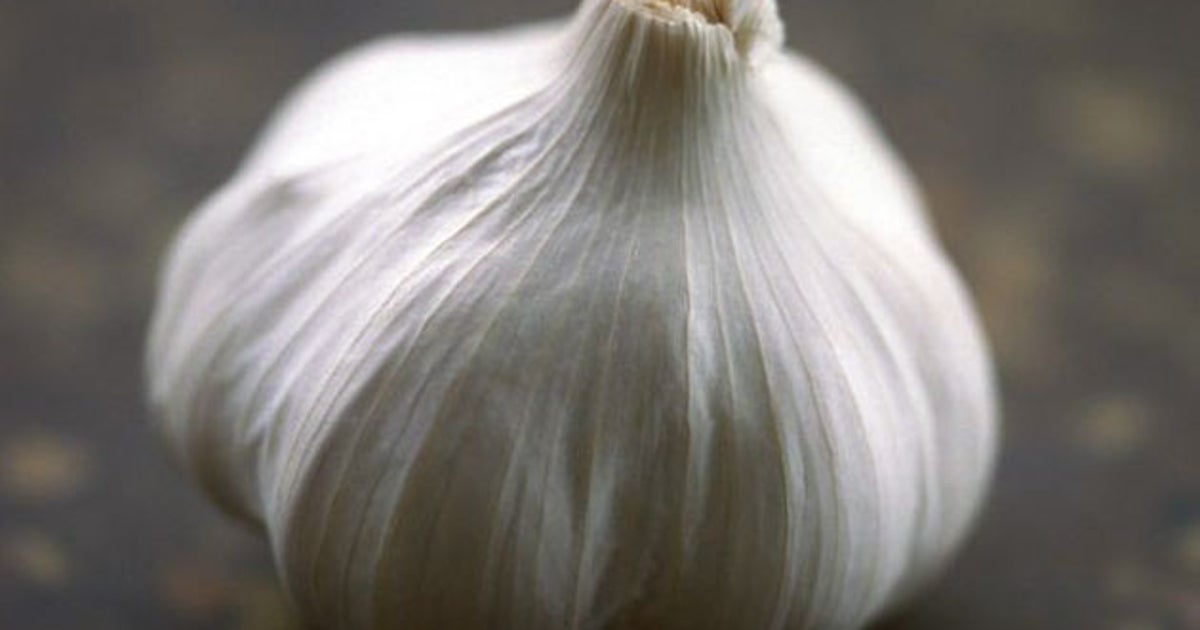
Garlic has been a staple of cuisines around the world for centuries. Its no surprise that this ubiquitous vegetable is as popular now as it was in ancient times.
But what are the origins of garlic and how did it become such an integral part of global cuisine?
This article will explore the history and origins of garlic, from its ancient roots to its modern-day ubiquity across cultures. We’ll examine why people have used garlic throughout history and why it continues to be so important today.
Finally, well look at some interesting facts about garlic you may not know! So grab your favorite dish featuring garlic and join us on a journey through time as we uncover the fascinating story behind one of our oldest culinary staples.
Uses, History and Benefits of Garlic Throughout the Ages

Source: daily.jstor.org
Garlic has been a common ingredient used in cooking for centuries. Its uses and benefits have been well documented throughout history, with records of it being used by the ancient Egyptians, Greeks, and Romans.
In Ancient Egypt, garlic was consumed as food but also prescribed to treat ailments. The Greeks believed that garlic had healing powers and ate it to increase physical strength while the Romans used it in religious ceremonies and as medicine.
In modern times, garlic is still widely used across cultures for its medicinal properties such as lower blood pressure levels and cholesterol reduction; however many people are unaware that this vegetable can be applied topically or taken orally to help reduce inflammation or boost immunity. Garlic contains compounds called allicin which has anti-bacterial effects on the body when ingested or applied externally.
Studies have found that consuming raw garlic could even help fight off certain types of bacteria resistant to antibiotics!
Culinary Applications Around the World
Garlic is an ancient culinary staple that has been used in cooking around the world for centuries. From Asia to the Middle East, Europe and Africa, garlic can be found in a variety of regional dishes.
In Chinese cuisine, garlic is widely used as a seasoning ingredient or condiment; while Indian cuisine utilizes it extensively for adding flavor to curries and other recipes. In North African countries such as Morocco and Egypt, garlic is used as one of the main ingredients in popular tagines and stews.
Similarly, Mediterranean cuisines rely heavily on fresh chopped or roasted garlic to bring out flavors from salads, sauces and proteins. Garlic also features prominently in many Italian pasta dishes due to its robust yet subtle flavor profile which pairs perfectly with tomato-based sauces like pesto or arrabbiata. As well as being a key ingredient in several globally renowned dishes – such as Spanish paella – this versatile vegetable can also be enjoyed raw when pickled or fermented into various healthful derivatives like black garlic or tonics.
With so many applications across cultures worldwide, it’s no surprise why garlic remains one of the most beloved culinary staples throughout history!

Source: www.healthline.com
Popularity and Modern Cultivation Practices
Garlic has been a culinary staple across cultures for centuries. Its popularity has only increased in recent years as people have become more aware of its health benefits.
Modern cultivation practices have also helped to ensure that garlic remains widely available and delicious. Organic growers are now using sustainable production methods, such as companion planting with vegetables like onions, to reduce pest problems without the use of chemicals or pesticides. These methods help keep soil healthy while also producing high-quality garlic bulbs free from contaminants and harsh chemicals.
Additionally, some farmers choose to grow heirloom varieties of garlic which produce unique flavors and aromas not found in store-bought varieties. The global demand for organic garlic continues to rise thanks largely in part to chefs who are looking for ways to add new flavor profiles and interesting textures into their dishes.
As a result, many specialty stores offer an array of flavored garlic products, from smoked or roasted cloves to ready-to-eat pesto sauces made with freshly harvested bulbs direct from local farms—allowing customers around the world access fresh ingredients grown sustainably right at home!
Through History to Us: Garlic Today

Source: www.independent.co.uk
Garlic has been a culinary staple in cultures across the world for centuries. It adds flavor to dishes, and some believe it even provides health benefits.
Whether youre looking to add garlic to your next meal or just want to learn more about its history and origins, https://garlics.com/ is an excellent resource for all things garlic-related! With their help, you can find out how this age-old ingredient has become so beloved throughout the years.




